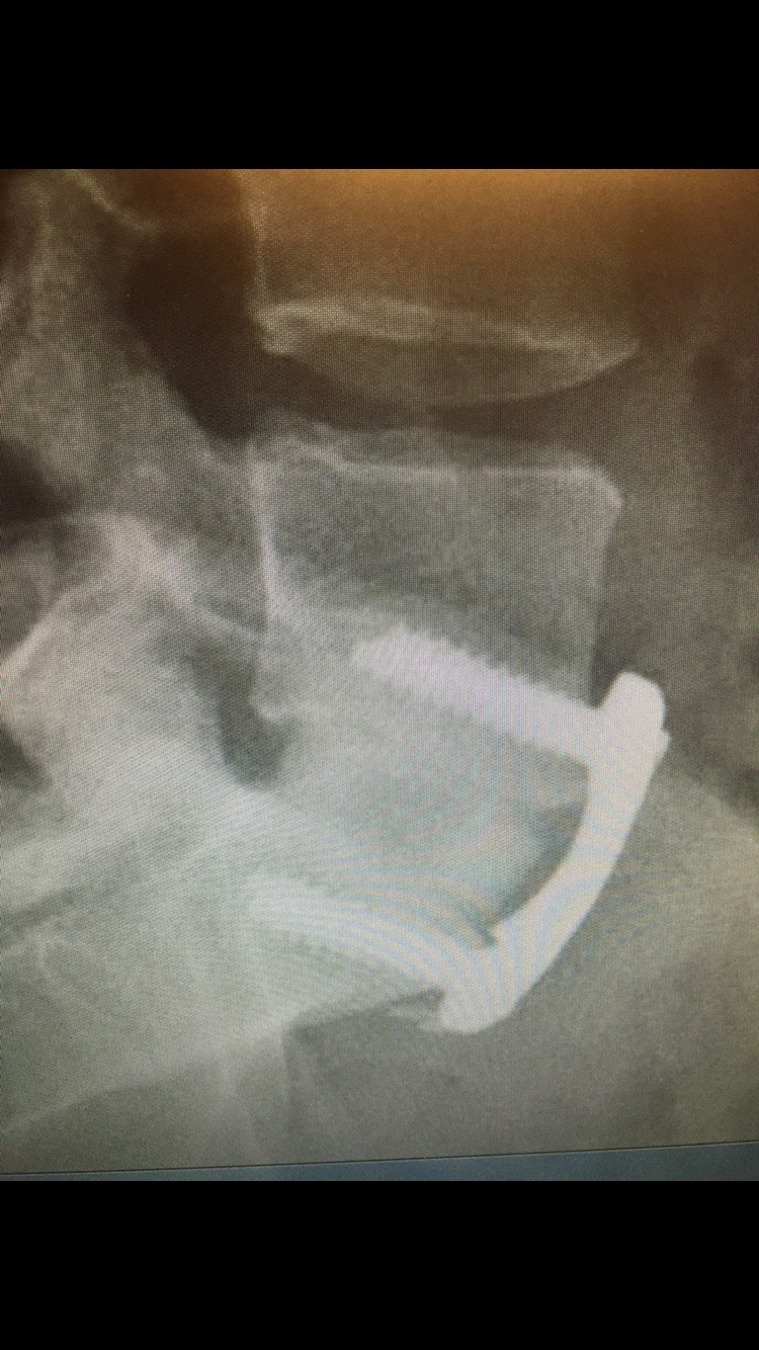Cervical Procedures
- Dr. Steven Mather

- Oct 6, 2019
- 1 min read
ACDF stands for Anterior Cervical Discectomy and Fusion. Anterior means a front approach to the neck, as opposed to the back of the neck. Discectomy indicates that the disc will be removed along with any bone spurs or calcium deposits between the vertebrae. Traditionally, the vertebrae above and below the discectomy are then fused together. This procedure is the most commonly performed surgery for patients with neck and arm pain.
The two common reasons why this procedure is performed is because either 1) disc herniation or 2) stenosis (bone spurs) which compress the spinal cord or nerves. In the surgery, the entire disc is removed to get access to the herniated material or spurs, which allows surgical decompression of the nerves. The disc area then needs to be stabilized with the fusion. This entails a spacer (also known as a cage) or bone graft placed in the disc space and then stabilized with a thin titanium plate and screws. With time, the new bone will grow through the cage, uniting the vertebral bodies together, and they will then become as one.
This is a case of a 33 year-old female with severe right arm pain. As the MRI below shows, a portion of her C6-7 disc has herniated and is putting pressure on the spinal cord and nerve root. She underwent ACDF with a plate and cadaver bone graft. She had complete resolution of her right arm pain in the recovery room and went on to solid fusion over the next few months. She has returned to all her activities including sports without restriction. Below is her postoperative x-ray showing the plate and bone graft.





Comments